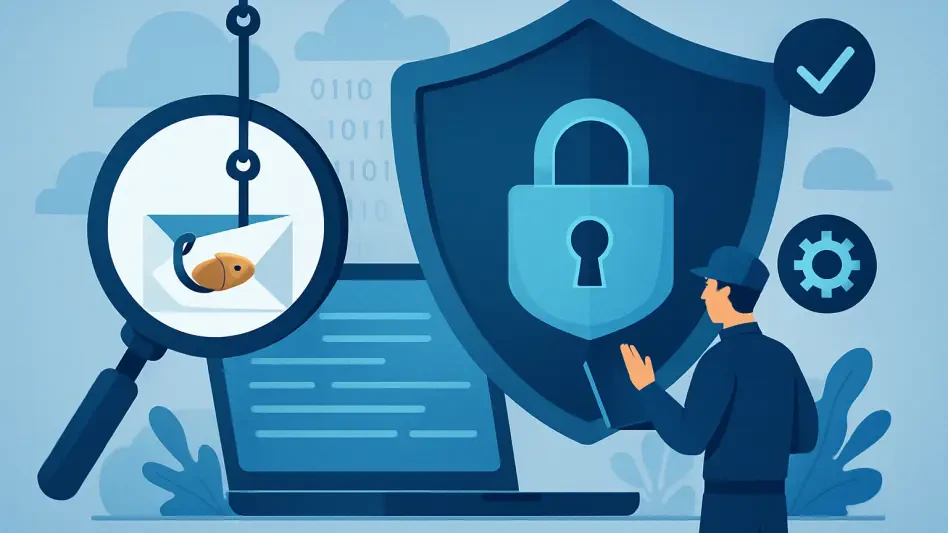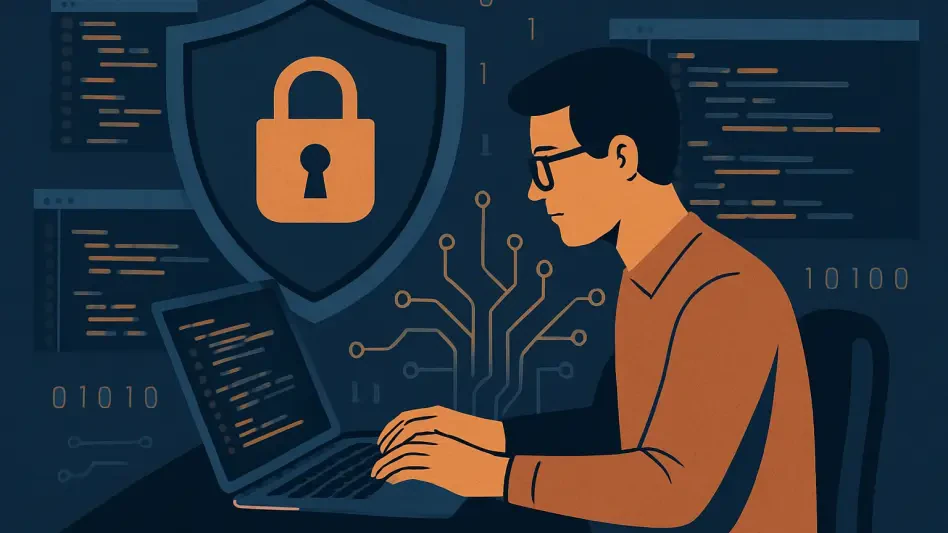Imagine opening an email that appears to be from a trusted bank, only to find out later that it was a cleverly disguised trap stealing your personal information. This scenario is becoming increasingly common with the rise of sophisticated cyber threats like the Tycoon Phishing Kit, a tool that cybercriminals use to craft convincing scams. This guide aims to help readers understand the dangers posed by this phishing kit and equip them with practical steps to safeguard their online security. By following the actionable advice provided, individuals can reduce the risk of falling victim to such deceptive tactics.
The purpose of this guide is to demystify the operations of a dangerous cyber tool that poses a significant threat to both personal and organizational data. With phishing attacks evolving rapidly, understanding the specific mechanisms of advanced kits like this one is crucial for staying ahead of cybercriminals. This resource offers a clear path to recognizing and countering these threats, emphasizing the importance of vigilance in an era where digital interactions dominate daily life.
Beyond just identifying the problem, this guide underscores the broader implications for data privacy in the digital landscape. It also touches on related concerns, such as how websites use cookies to balance functionality with user consent, drawing parallels to the need for awareness in all aspects of online safety. By the end of this guide, readers will have a comprehensive understanding of how to protect themselves and maintain control over their personal information.
Understanding the Threat: What Makes This Phishing Kit Dangerous
Before diving into protective measures, it’s essential to grasp why this particular cyber tool stands out as a menace in the cybersecurity realm. Unlike traditional phishing attempts, it employs advanced techniques to create deceptive interfaces that mimic legitimate entities, making it alarmingly difficult to detect. This section sets the foundation for recognizing the unique challenges it presents to users and organizations alike.
The sophistication lies in its ability to bypass conventional security measures through innovative tactics like obfuscation of malicious links. Cybercriminals using this tool can replicate trusted brands with uncanny precision, exploiting user trust to harvest sensitive data. Such capabilities mark a significant evolution from earlier, less polished phishing schemes, highlighting the need for updated defense strategies.
Moreover, this threat fits into a larger trend of escalating cyber risks, where attackers continuously adapt to exploit vulnerabilities. Its emergence signals a shift toward more covert and personalized attacks, challenging even the most robust security systems. Understanding these elements is the first step in building an effective defense against potential breaches.
Step-by-Step Instructions to Safeguard Against Phishing Threats
Below are detailed, numbered steps to help individuals protect themselves from falling prey to sophisticated phishing tools. Each step includes explanations and practical tips to ensure a thorough approach to online safety.
Step 1: Recognize Suspicious Communications
Begin by scrutinizing every email, message, or notification received, especially those requesting personal information or urgent action. Look for subtle inconsistencies such as misspellings, unusual sender addresses, or unexpected attachments that could indicate a fraudulent attempt. A key tip is to hover over links without clicking to check if the destination URL matches the displayed text.
Pay close attention to the tone and urgency of the message, as many scams rely on creating panic to prompt hasty decisions. If an email claims to be from a reputable organization but feels off, take a moment to verify its authenticity through official channels. This habit of double-checking can prevent accidental engagement with harmful content.
Step 2: Verify Website Authenticity Before Entering Data
Always ensure that any website asking for sensitive details is legitimate by checking for secure connections, indicated by “https” and a padlock icon in the browser address bar. Cross-reference the domain name with the official site of the organization it claims to represent, as fraudulent pages often use slightly altered spellings. A useful practice is to manually type the URL into the browser rather than clicking on provided links.
Be wary of pages that load slowly or display unusual pop-ups, as these can be signs of a compromised or fake site. If there’s any doubt, refrain from inputting passwords, financial details, or other private information until legitimacy is confirmed. Taking an extra minute for verification can save significant trouble down the line.
Step 3: Strengthen Personal Security with Updated Tools
Keep all software, including browsers and antivirus programs, up to date to benefit from the latest security patches that combat emerging threats. Enable two-factor authentication on accounts wherever possible to add an extra layer of protection against unauthorized access. A practical tip is to set reminders for regular updates to avoid overlooking critical security enhancements.
Invest in reputable security software that offers real-time threat detection and phishing protection features. Regularly scan devices for malware or suspicious activity to catch potential issues early. Staying proactive with these tools ensures a robust barrier against sophisticated attacks that might otherwise slip through.
Step 4: Educate Yourself on Social Engineering Tactics
Learn about the psychological tricks used in phishing, such as creating a sense of urgency or leveraging familiarity with trusted brands to lower defenses. Understanding that many attacks exploit human error rather than technical flaws can shift the focus toward building personal awareness. A helpful approach is to participate in online cybersecurity training or webinars for updated insights.
Recognize that legitimate organizations rarely request sensitive information via unsolicited messages or direct users to unfamiliar websites. Questioning the intent behind unexpected communications can disrupt the success of social engineering schemes. This knowledge empowers users to act as the first line of defense against deception.
Step 5: Manage Data Privacy Through Cookie Settings
Beyond phishing, take control of personal data by reviewing and adjusting cookie preferences on websites visited regularly. Opt for settings that limit tracking by disabling non-essential cookies, such as those used for targeted advertising, while allowing necessary ones for site functionality. A tip is to use browser extensions that simplify cookie management for greater convenience.
Understand the different types of cookies—strictly necessary, performance, functional, and targeting—and their roles in online experiences. Make informed choices by reading privacy policies to see how data is handled and stored. This step aligns with broader efforts to maintain privacy in a digital environment often vulnerable to exploitation.
Final Reflections and Next Steps
Looking back, the steps taken to recognize suspicious communications, verify website authenticity, strengthen security tools, educate on social engineering, and manage data privacy form a comprehensive shield against sophisticated phishing threats. Each action contributes to a layered defense that tackles both technical and human vulnerabilities exploited by cybercriminals.
Moving forward, it proves beneficial to stay informed about emerging cyber risks through reliable sources and industry updates. Exploring advanced security solutions, such as AI-driven threat detection, offers additional protection against evolving tactics. Sharing knowledge with peers also plays a vital role in fostering collective resilience against digital dangers.
Ultimately, the journey toward online safety reveals that consistent vigilance and proactive measures are indispensable. Considering periodic reviews of security practices ensures that defenses remain relevant amidst changing threats. Embracing a mindset of continuous learning helps navigate the complex landscape of cybersecurity with confidence.








